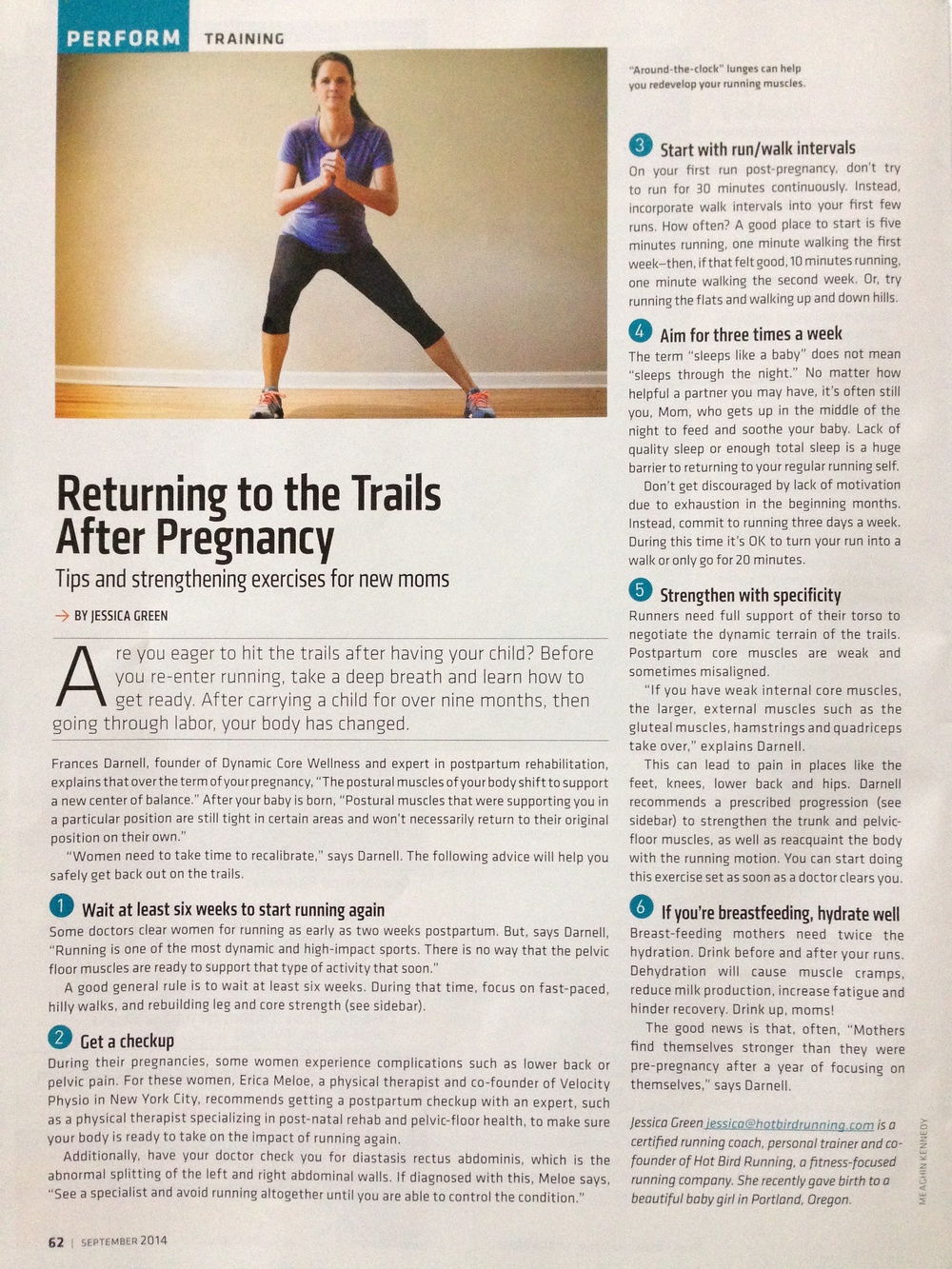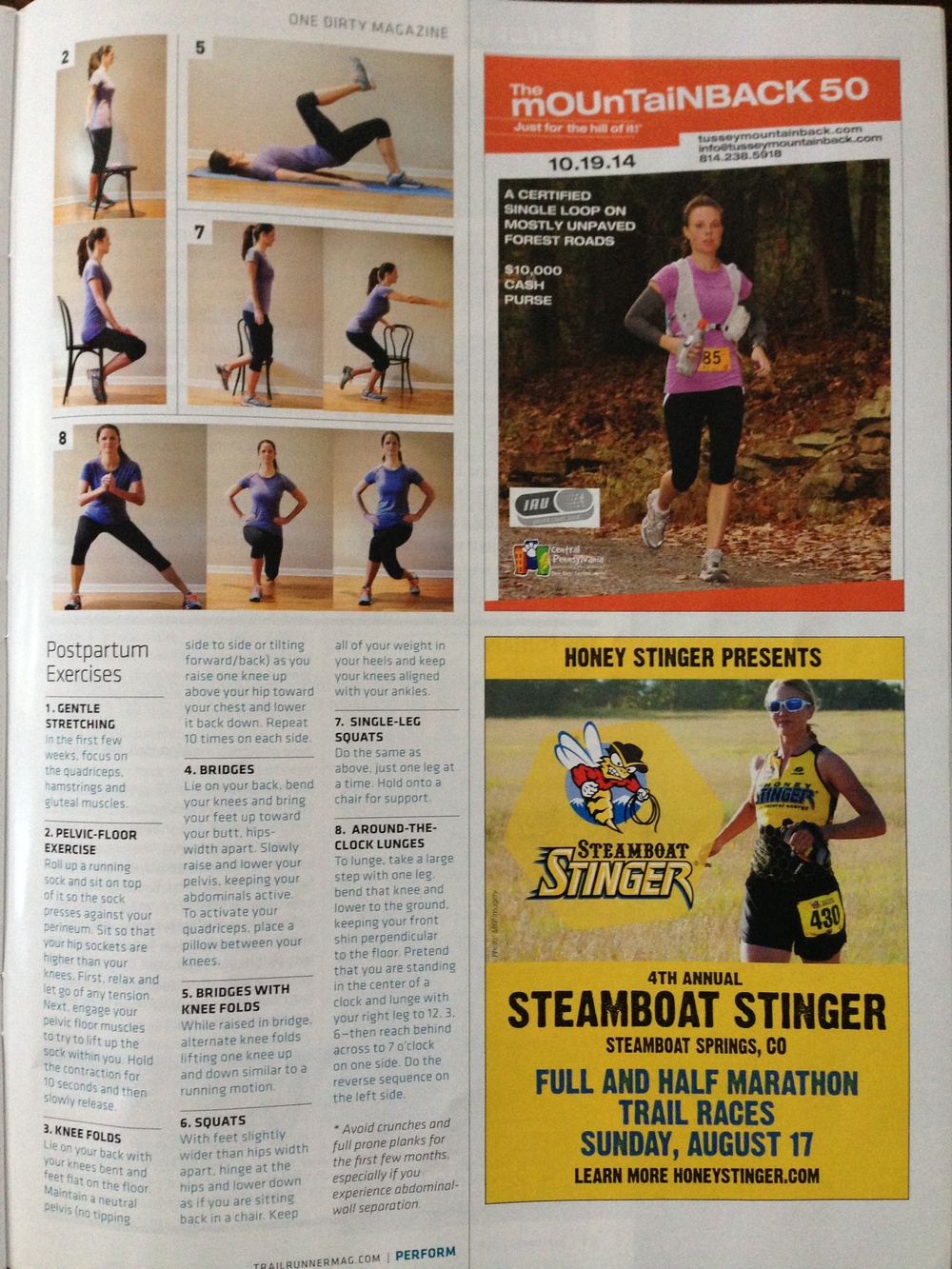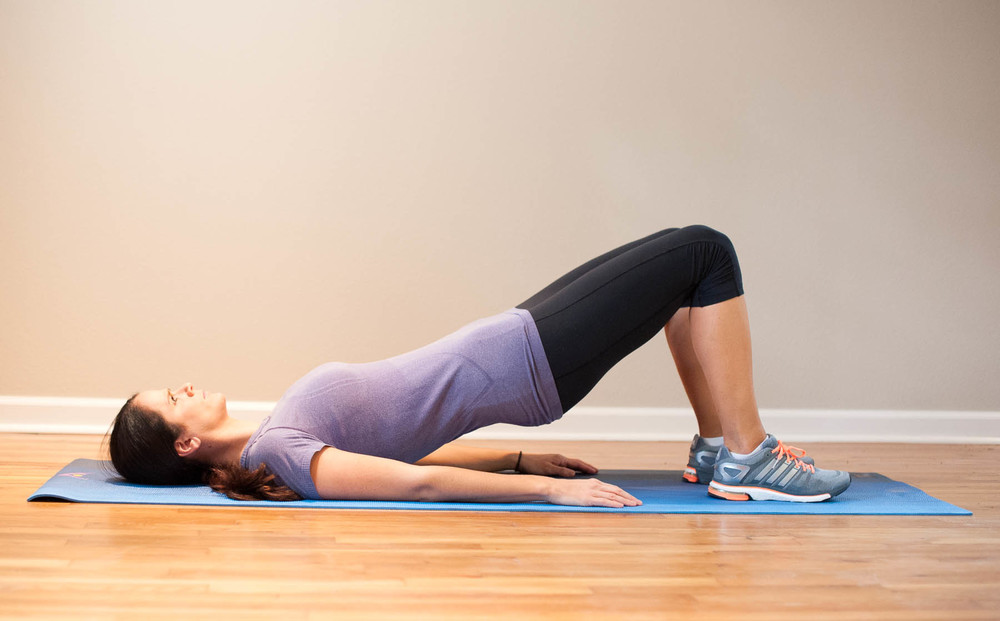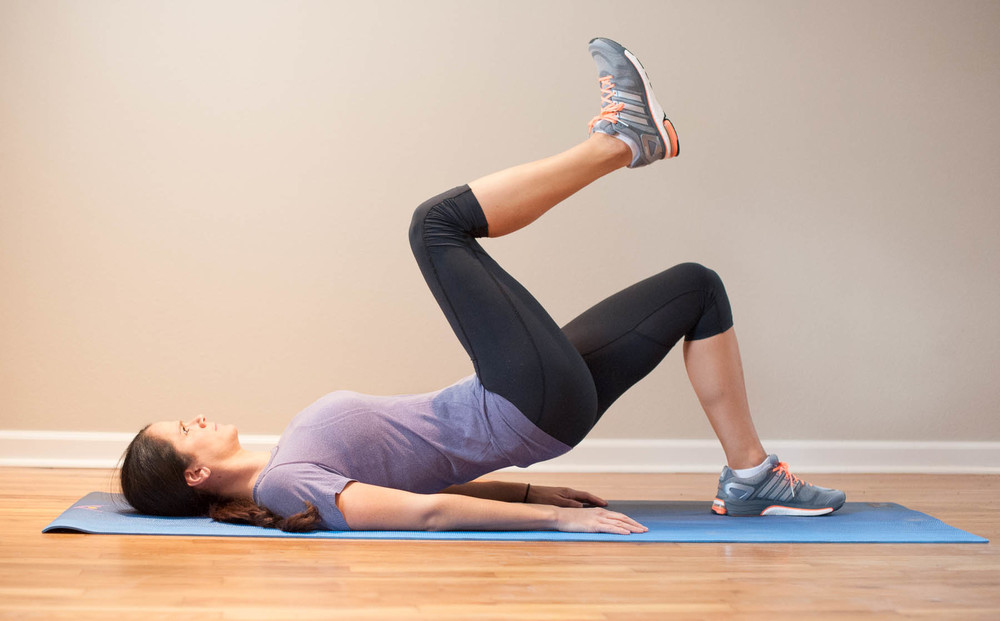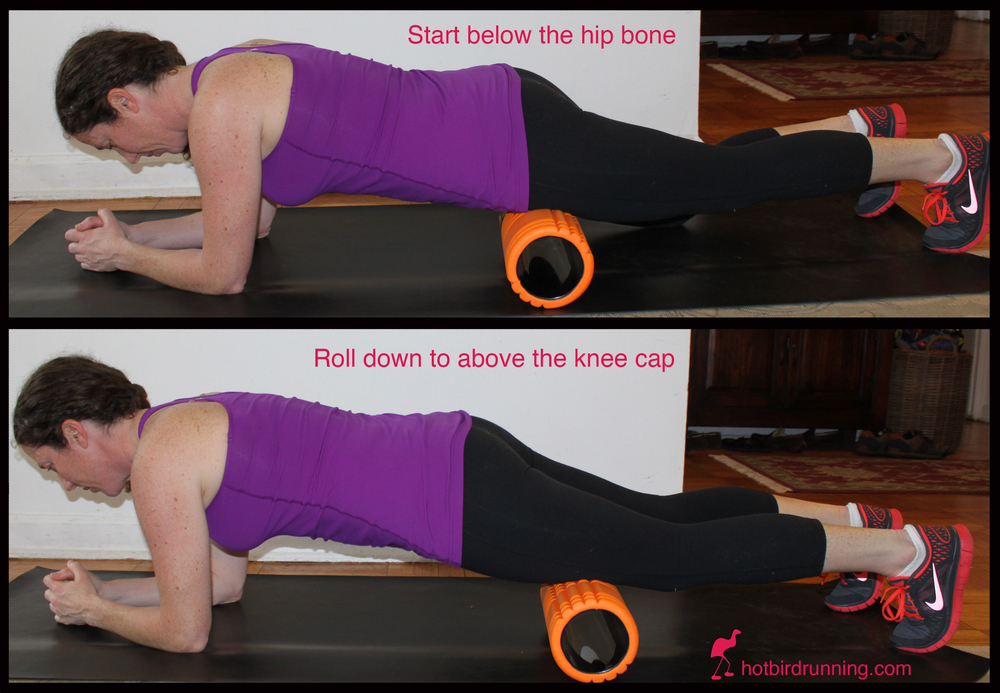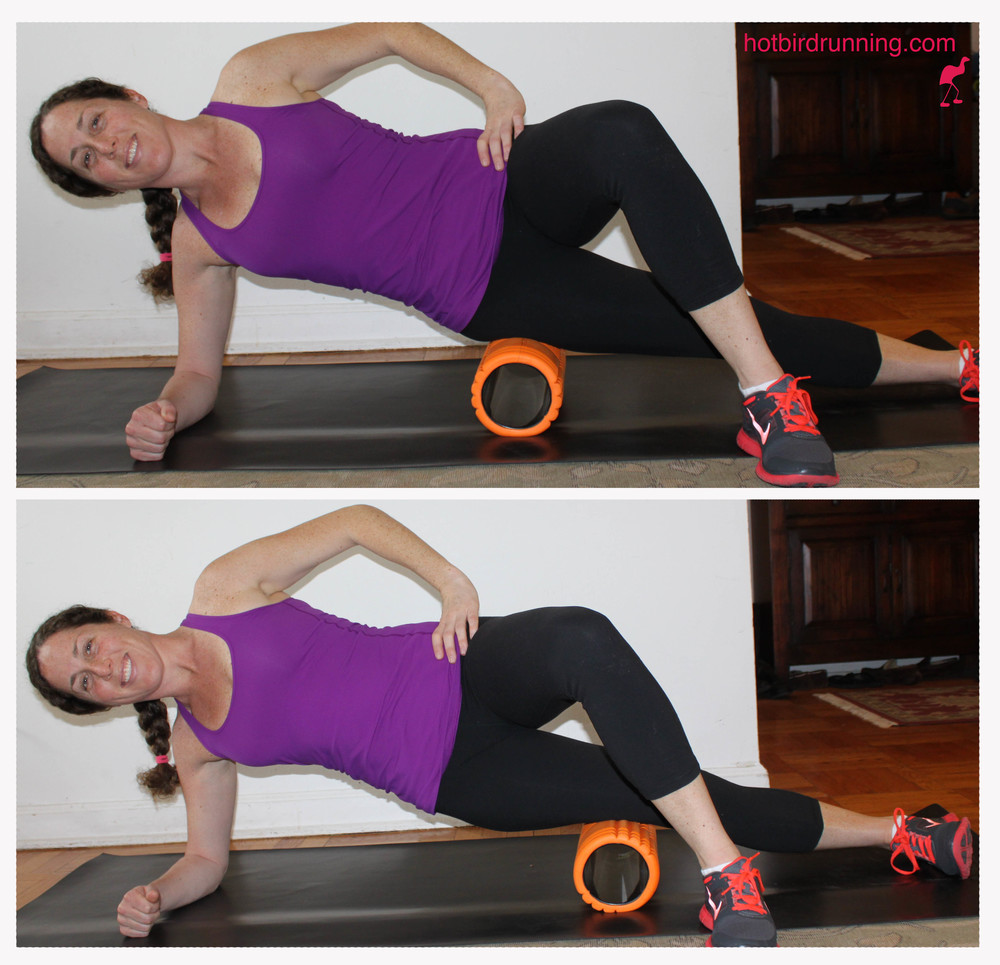If you're reading this, then chances are you enjoy running and you have a long term goal to run for the rest of your life. I share that long term goal with you, but over the last few months I've been wondering why my body feels like a 55 year old body rather than a 35 year old body. More specifically, I was afraid to try new workout classes or do intense speed workouts for fear that sporadic aches and pains that I've been dealing with since the birth of my second daughter 8 months ago would manifest into full blown injuries. And then it happened . . . I got injured after throwing caution to the wind and doing an intense stair workout.
After two weeks off from running, I felt new again, but deep down I knew my body wasn't whole. In reality it hasn't been whole since the birth of my first child almost 3 years ago. Despite a marathon PR 14 months after her birth, I've felt muscular imbalances and weaknesses since her arrival that didn't exist pre-pregnancy. As time progressed, I began to wonder how these would effect me down the road. Unless I did something to address them, they would only get worse. I started worrying about how I will feel by the time I really am 55 and beyond? The answer wasn't pretty.
The recent injury coupled with the same on again/off again aches and pains since my first childbirth led me to seek out a physical therapist this month who is as committed as I am to helping me fit the puzzle pieces of my body back together. To an outsider, I don't appear injured. I'm able to comfortably power up huge hills on the trails, complete interval workouts and enjoy long runs on the weekends. Dig a little deeper though and you will find major deficits in some areas of my legs and glutes as a result of compensation and lack of strength. As long as I don't do anything, the chances of more serious injuries and discomfort only increase down the road - and my body will feel older than it should!
The takeaway, if you find yourself with nagging aches and pains that don't necessarily stop you in your tracks, but do prevent you from engaging in certain activities or feeling 100%, then take some time to fix them! This doesn't mean you have to stop running. For me, this means making a plan with my physical therapist. I see her once a week - It's basically the same commitment as a weekly workout class. I have had tremendous success with my physical therapists in the past for both rehabilitative work and preventative work. Good ones are worth every penny.
Don't have a physical therapist? Not all PT's are created equal. Ask around for recommendations and find one that you connect with. If you don't like the first one you go to, keep trying. You're not locked in. It took me a couple tries to find a new one after moving to Portland, OR from NYC and leaving my favorite PT behind. Yes, I miss you Erica Meloe!
I'm not necessarily thankful for my injury, but I am thankful that it inspired me to take control of my body and reminded me that the more I "enable" my imbalances and weaknesses the more I throw off my game and limit myself in the future. I'm also thankful for these two little rugrats despite the chaos they imparted on my body!






